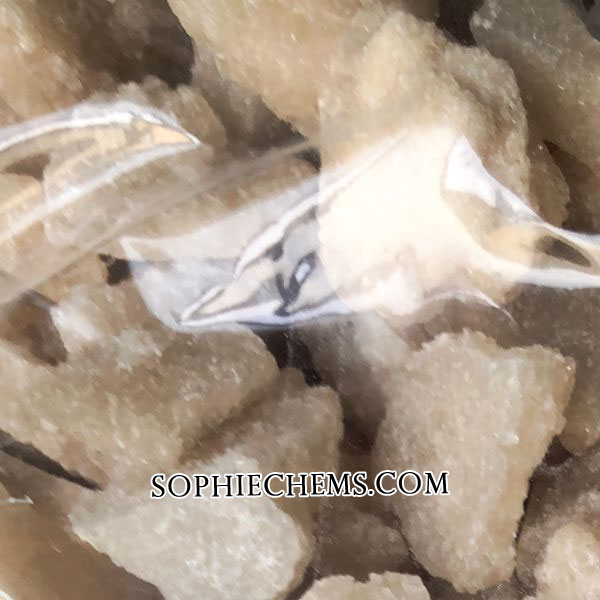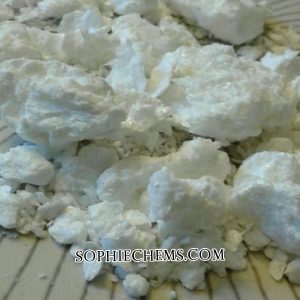Unleash the Power: Discover the Potential of α-PHiP
α-PHiP, also known as alpha-phenyl isopropyl hydrazine, is a chemical compound that has been garnering increasing attention in the realms of science and medicine. Its unique molecular structure and biological properties make it a subject of significant interest and research.
Chemical Properties of α-PHiP
α-PHiP is characterized by its complex molecular structure, consisting of a phenyl group attached to an isopropyl hydrazine moiety. This arrangement confers upon it distinct chemical properties, influencing its interactions with other molecules and biological systems.
Biological Functions of α-PHiP
Within biological systems, α-PHiP is believed to exert various effects, although much remains to be elucidated. It is thought to interact with specific receptors or enzymes, potentially influencing cellular signaling pathways and physiological processes.
Research Applications of α-PHiP
The unique properties of α-PHiP make it valuable for a wide range of research applications. In pharmacological studies, it is utilized to investigate potential therapeutic effects or mechanisms of action. Additionally, α-PHiP is employed in medical research to explore its role in disease processes and treatment strategies.
Synthesis and Production of α-PHiP
α-PHiP can be synthesized through various laboratory methods, often involving multistep organic synthesis routes. Commercial production may also be feasible, although the scale-up process and cost considerations present challenges. buy α-PHiP at sophiechems
Health Benefits of α-PHiP
Research suggests that α-PHiP may offer potential health benefits, although further studies are needed to substantiate these claims. Some researchers speculate that it could have therapeutic properties or preventive effects against certain diseases.
Safety Considerations
As with any chemical compound, safety considerations are paramount when working with α-PHiP. Toxicological studies are essential to assess its potential adverse effects and establish safe usage guidelines.
Environmental Impact
The environmental impact of α-PHiP must also be considered, particularly regarding its persistence, bioaccumulation potential, and effects on ecosystems. Sustainable production methods and disposal practices are essential to minimize environmental harm.
Regulatory Status
The regulatory status of α-PHiP varies depending on its intended use and jurisdiction. Regulatory agencies may impose restrictions or guidelines to ensure its safe handling and use in research or commercial applications.
Current Trends and Developments
Recent advancements in α-PHiP research have focused on elucidating its biological effects, exploring new synthesis methods, and uncovering potential applications in various fields. Emerging trends include interdisciplinary collaborations and technological innovations.
Future Perspectives
The future of α-PHiP research holds immense promise, with potential applications in medicine, agriculture, materials science, and beyond. Continued research efforts are needed to fully understand its capabilities and harness its benefits for society.
Industry Insights
In the industrial sector, α-PHiP may find applications in the development of pharmaceuticals, agrochemicals, and specialty chemicals. Market trends and consumer demand may drive investment and innovation in α-PHiP-related products and technologies.
Case Studies and Success Stories
Real-world examples of α-PHiP’s applications highlight its potential to address unmet needs and solve complex problems. Case studies provide valuable insights into its efficacy, safety, and practical utility in various contexts.
Public Perception and Awareness
Public perception of α-PHiP may be influenced by media coverage, scientific literature, and regulatory decisions. Educating the public about its benefits, risks, and ethical considerations is essential for fostering informed decision-making and responsible use.
Ethical Considerations
Ethical considerations surrounding α-PHiP research include issues such as informed consent, research integrity, and equitable access to benefits. Ethical guidelines and oversight mechanisms help ensure that research involving α-PHiP adheres to ethical principles and standards.
Collaborative Research Efforts
Collaborative research efforts involving academia, industry, and government agencies facilitate knowledge exchange, resource sharing, and synergistic innovation. Collaborations may involve interdisciplinary teams working together to address complex challenges.
Challenges and Limitations
Challenges associated with α-PHiP research include technical hurdles, regulatory constraints, and ethical dilemmas. Addressing these challenges requires a multifaceted approach, involving scientific, regulatory, and ethical considerations.
Education and Outreach
Education and outreach initiatives aim to raise awareness about α-PHiP research, promote scientific literacy, and engage stakeholders in dialogue. Training programs, public lectures, and outreach events help bridge the gap between scientists and the public.
Conclusion
In conclusion, α-PHiP represents a fascinating area of scientific inquiry with diverse research applications and potential benefits. As research continues to advance, α-PHiP may emerge as a valuable tool for addressing key challenges and advancing knowledge across various fields.















Lindsay –
On their web chat, I spoke with SophieChems. I couldn’t say enough good things about the person I was speaking with. Helped right away and understood exactly what I was talking about. I was able to solve the issue right soon.